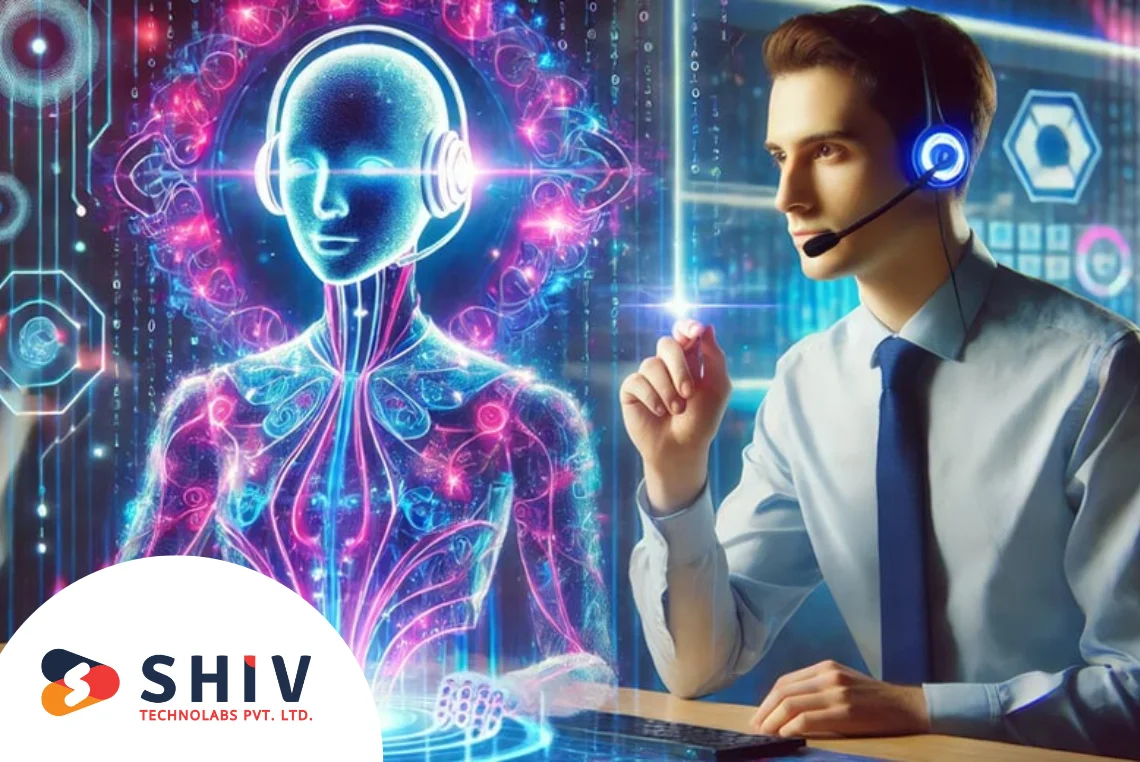AI-Driven Agents: The Future of Customer Support
This blog explains how artificial intelligence agents change customer support by using natural language processing, machine learning and smart workflows. It shows how simple chatbots grow into context-aware virtual assistants that can read intent, access data, route tickets and offer quick answers.
You will also learn how an AI agent development company builds these systems through intent models, sentiment checks and smooth links with backend tools.
#AIAgentDevelopmentCompany
https://shivlab.com/blog/how-ai-agents-transform-customer-support/
This blog explains how artificial intelligence agents change customer support by using natural language processing, machine learning and smart workflows. It shows how simple chatbots grow into context-aware virtual assistants that can read intent, access data, route tickets and offer quick answers.
You will also learn how an AI agent development company builds these systems through intent models, sentiment checks and smooth links with backend tools.
#AIAgentDevelopmentCompany
https://shivlab.com/blog/how-ai-agents-transform-customer-support/
AI-Driven Agents: The Future of Customer Support
This blog explains how artificial intelligence agents change customer support by using natural language processing, machine learning and smart workflows. It shows how simple chatbots grow into context-aware virtual assistants that can read intent, access data, route tickets and offer quick answers.
You will also learn how an AI agent development company builds these systems through intent models, sentiment checks and smooth links with backend tools.
#AIAgentDevelopmentCompany
https://shivlab.com/blog/how-ai-agents-transform-customer-support/
0 Comentários
0 Compartilhamentos
718 Visualizações
0 Anterior










